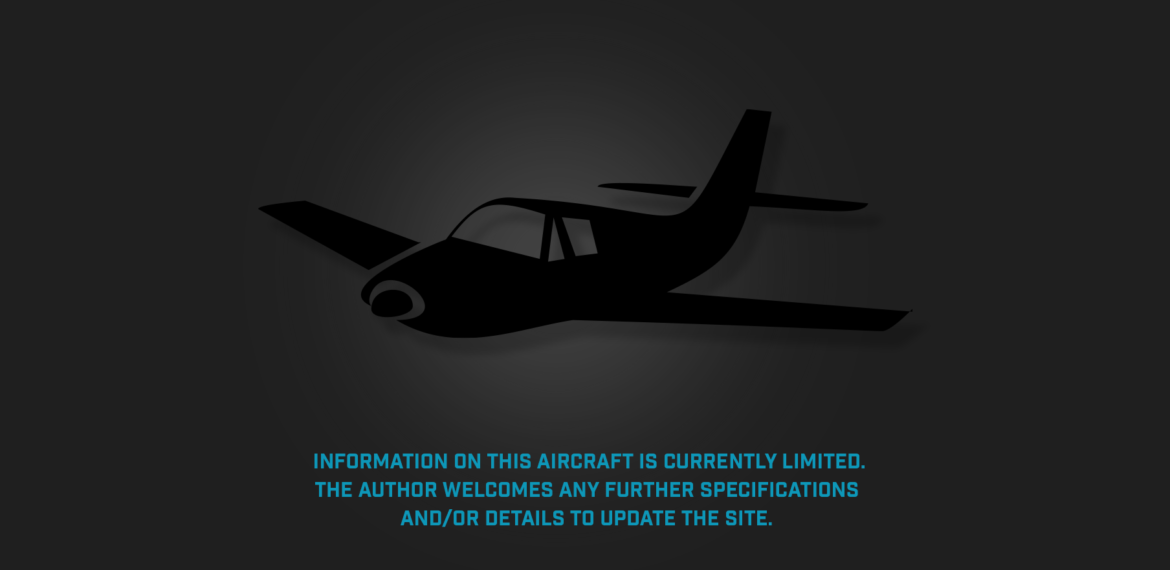Photograph:
Photograph not available
Country of origin:
New Zealand
Description:
Multi-seat man-power aircraft
Power Plant:
Man-power
Specifications:
- Wingspan: 100 m (328 ft)
History:
This aircraft was designed as a three-man-powered aircraft following the announcement of a competition by Henry Kremer, a British Industrialist, for interested builders to design, construct, and fly a human-powered aircraft over a figure-of-eight course covering a distance of 1.6 km (1 mile), the course to include a 3.048 m (10 ft) pole that the aircraft had to fly over at the commencement and conclusion of the flight. This was an ambitious design, being aimed at carrying three persons / pilots, each of whom was to be in a separate pod with pedals driving a propeller. Known as the Royal Spoonbill it was designed and built by the New Zealand Human Powered Flight Group, the design being initiated by Robert Le Johnno-Johnson, work commencing in 1983.
An application was made to the Royal Aeronautical Society for entry to the Kremer Competition. A special workshop was built by the Group which had a vacuum-table for curing resin on Kevlar tubes and angle-joints. Work commenced on the construction of an aircraft. However, only some of the aircraft was completed. It was considered to be 25 per cent complete by 1985 but at some stage vandals damaged the workshop and what had been completed of the aircraft. The Group then took the opportunity to redesign the aircraft but later the workshop was closed, the Group disbanded in March 1987, and nothing further is known to have happened to the design.
It is interesting to note that around the world many organisations, bodies and people interested in aviation sought to enter the competition for a man-powered aircraft and lists that were released show more than 120 designs were prepared and submitted but only a few ever reached the hardware stage.

